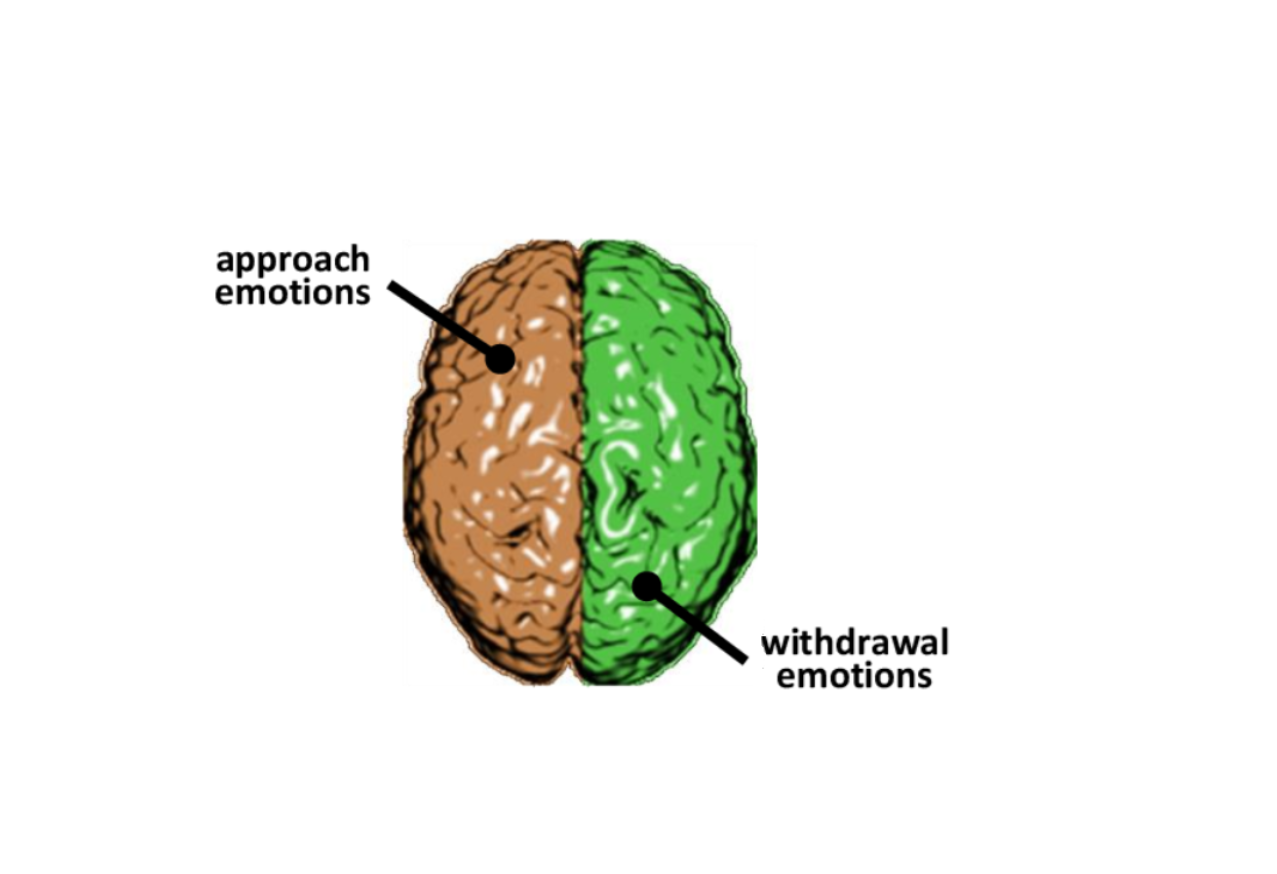EPiC Challenge
Continuous emotion modeling, focusing on the dynamic interplay between physiological signals and emotional states.
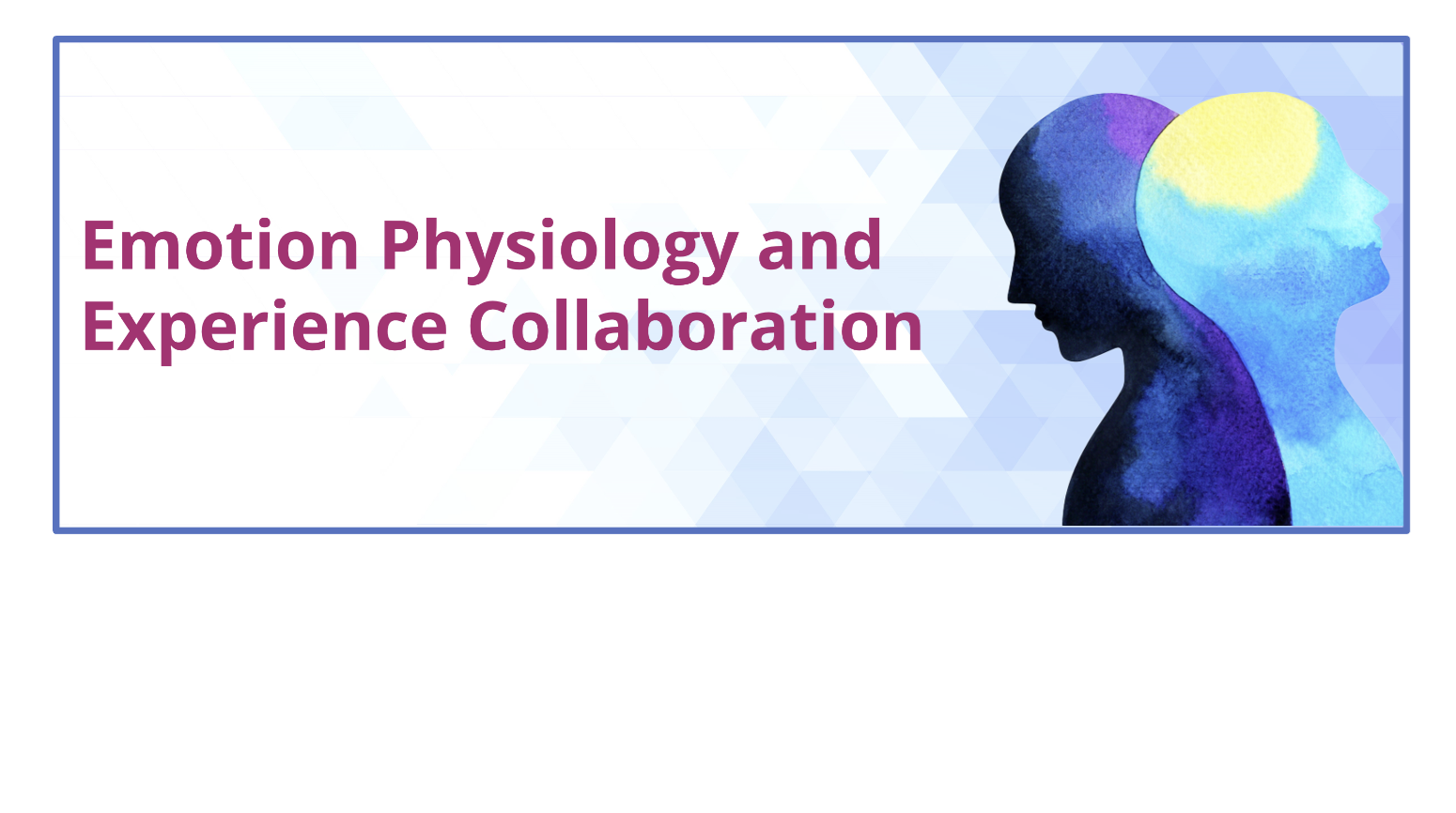
Continuous emotion modeling, focusing on the dynamic interplay between physiological signals and emotional states.

A systematic review and meta-analysis examining emotion recognition systems using electrodermal activity.
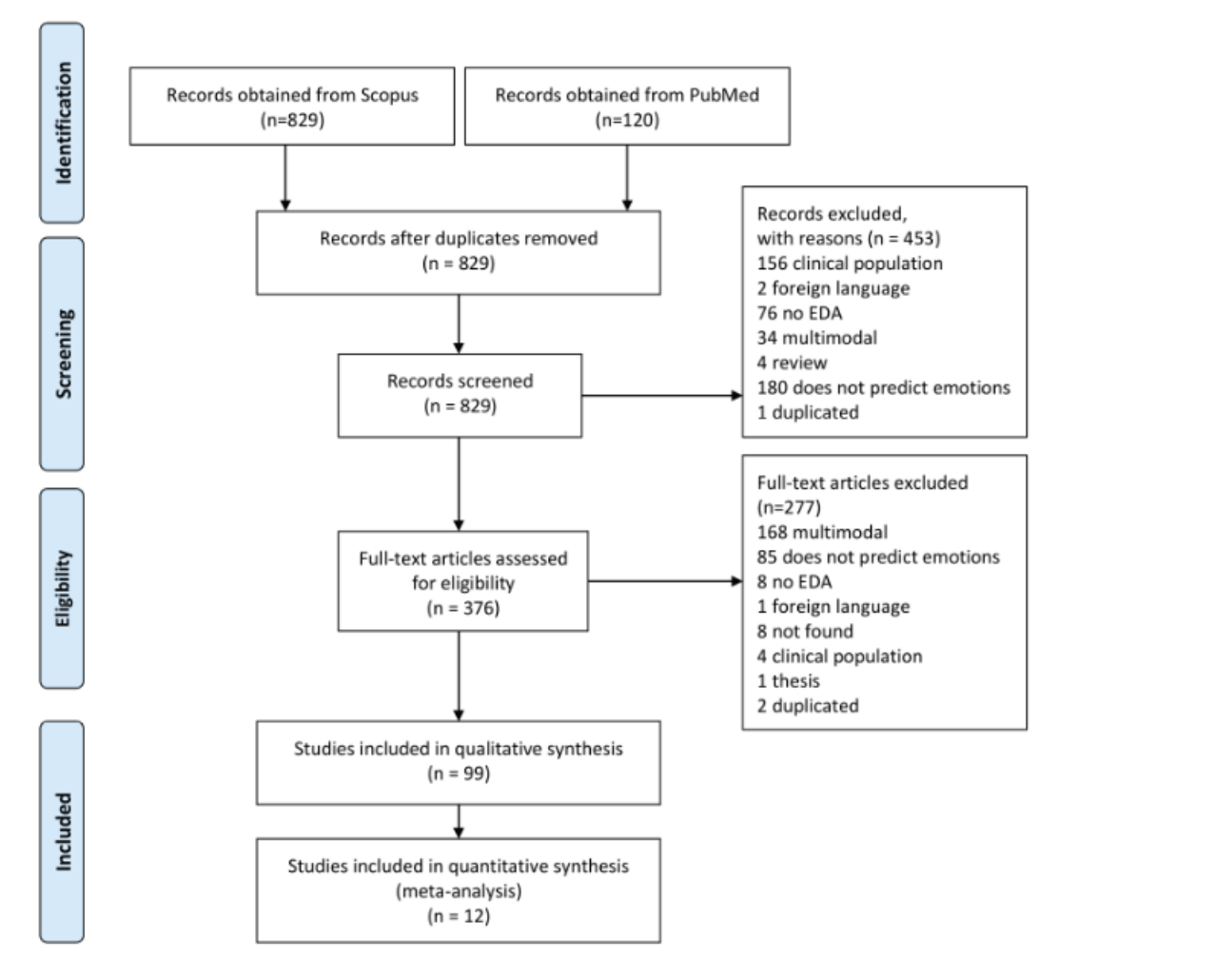
VR-based real-time emotional self-report + neural and physiological measures.
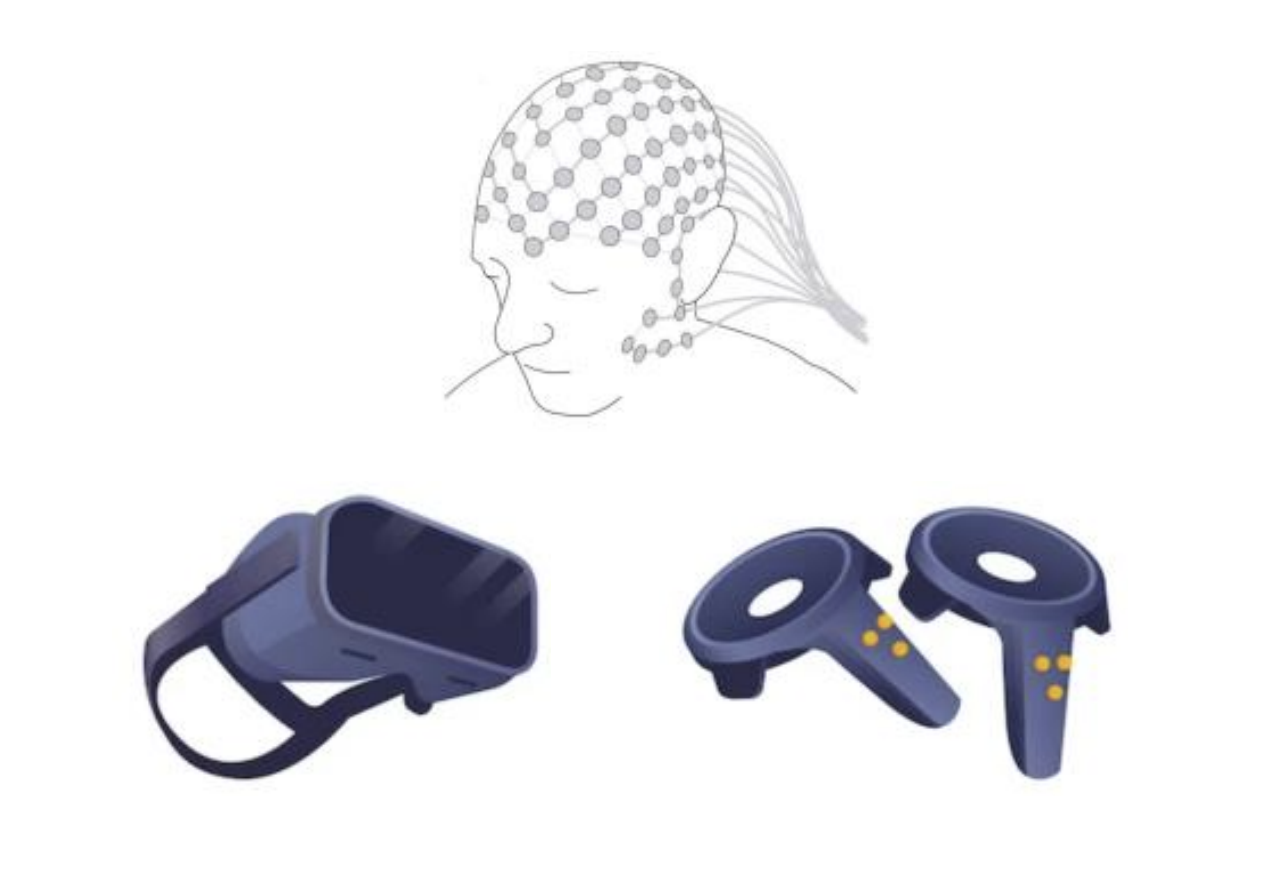
Predictive modeling of electrodermal activity (EDA) using EEG, as a proxy of emotional arousal.
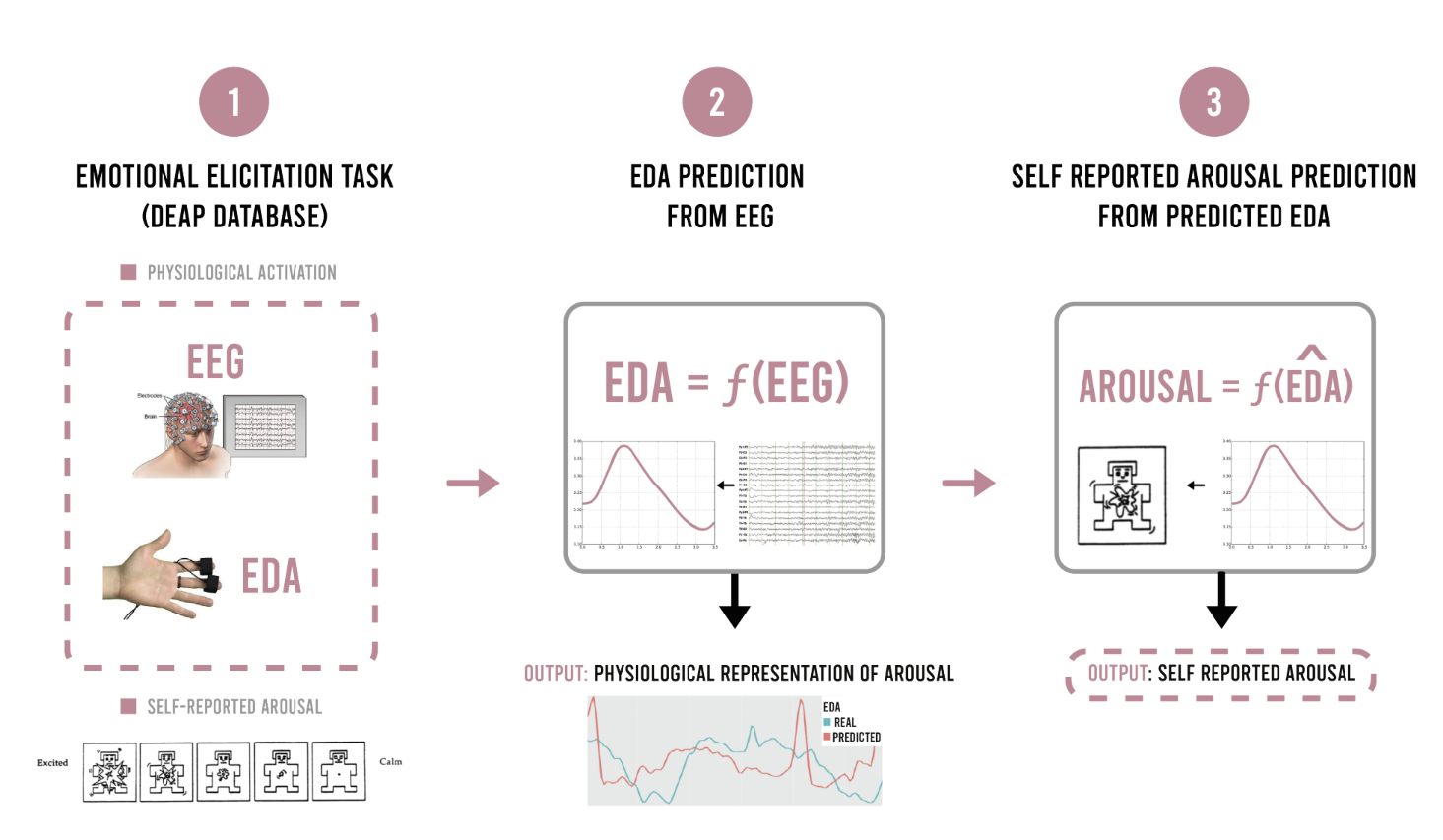
Exploring the impact of DMT on consciousness through EEG and peripheral measurements, coupled with Experience Tracing to quantify subjective experiences.
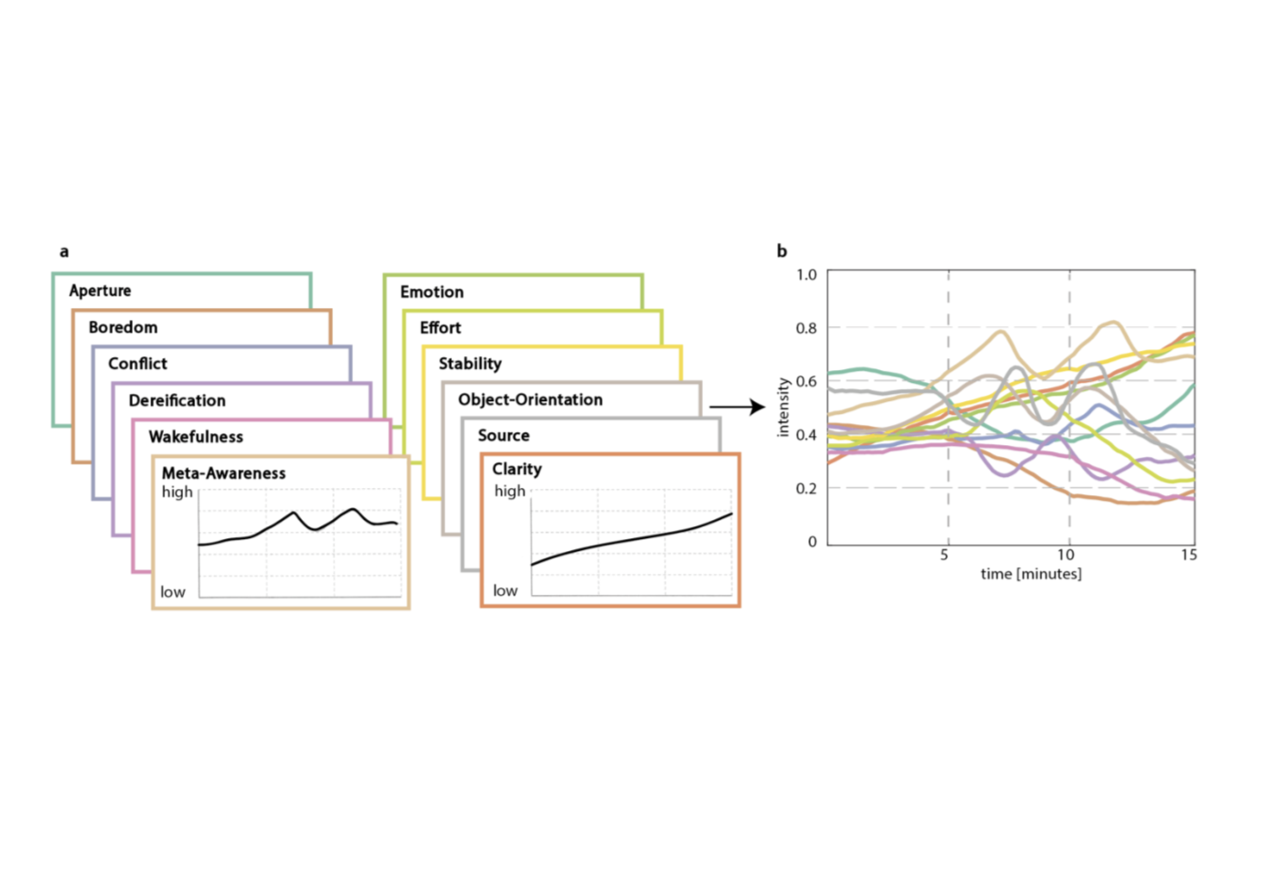
Investigating the effects of combining compassionate imagery with ceremonial psilocybin use through EEG, fMRI, physiological, and psychometric assessments

Investigating how different doses of psilocybin affect eye movements and visual perception of complex stimuli, particularly in aesthetic contexts.
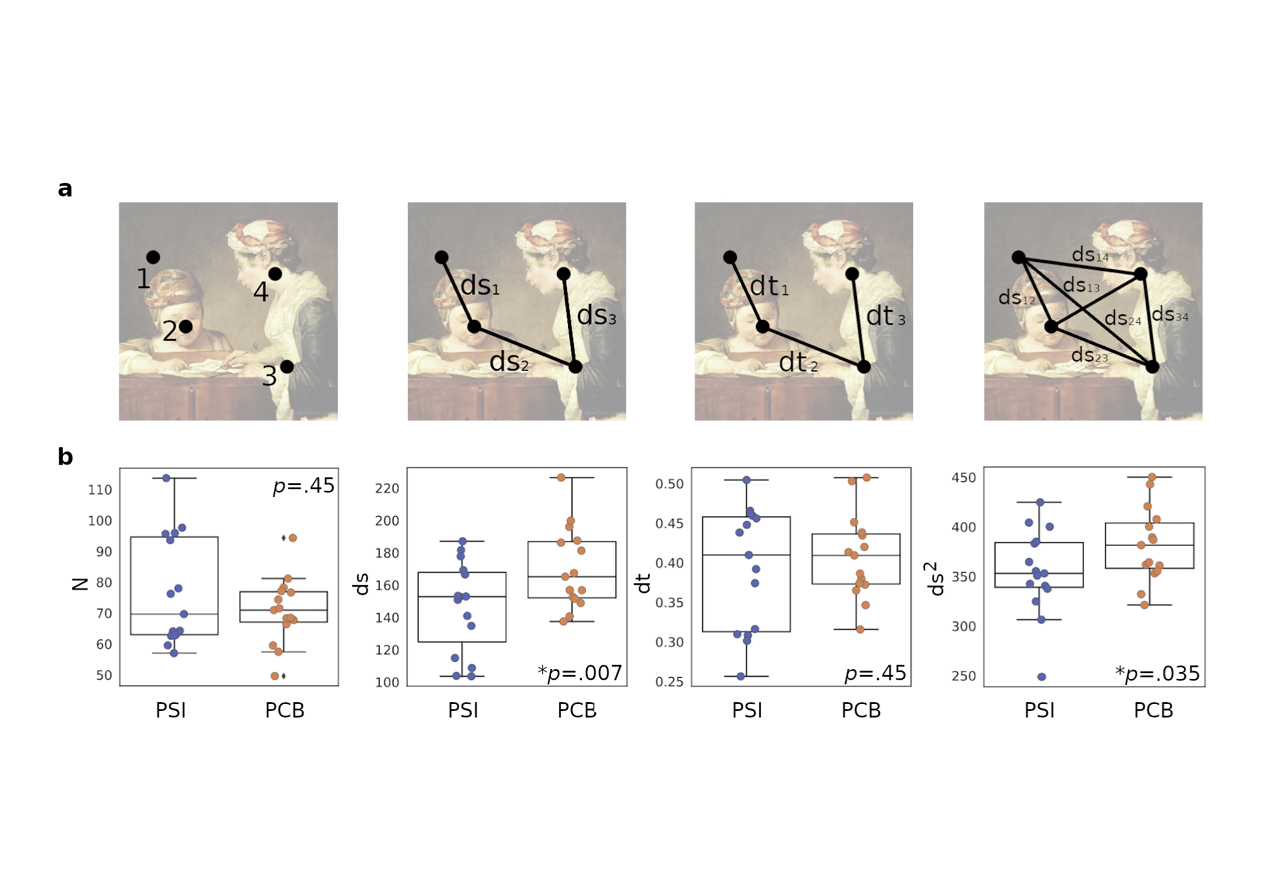
RECOGNeyes combines eye-tracking games with attention training, demonstrating the potential to improve visual attention in children with ADHD.
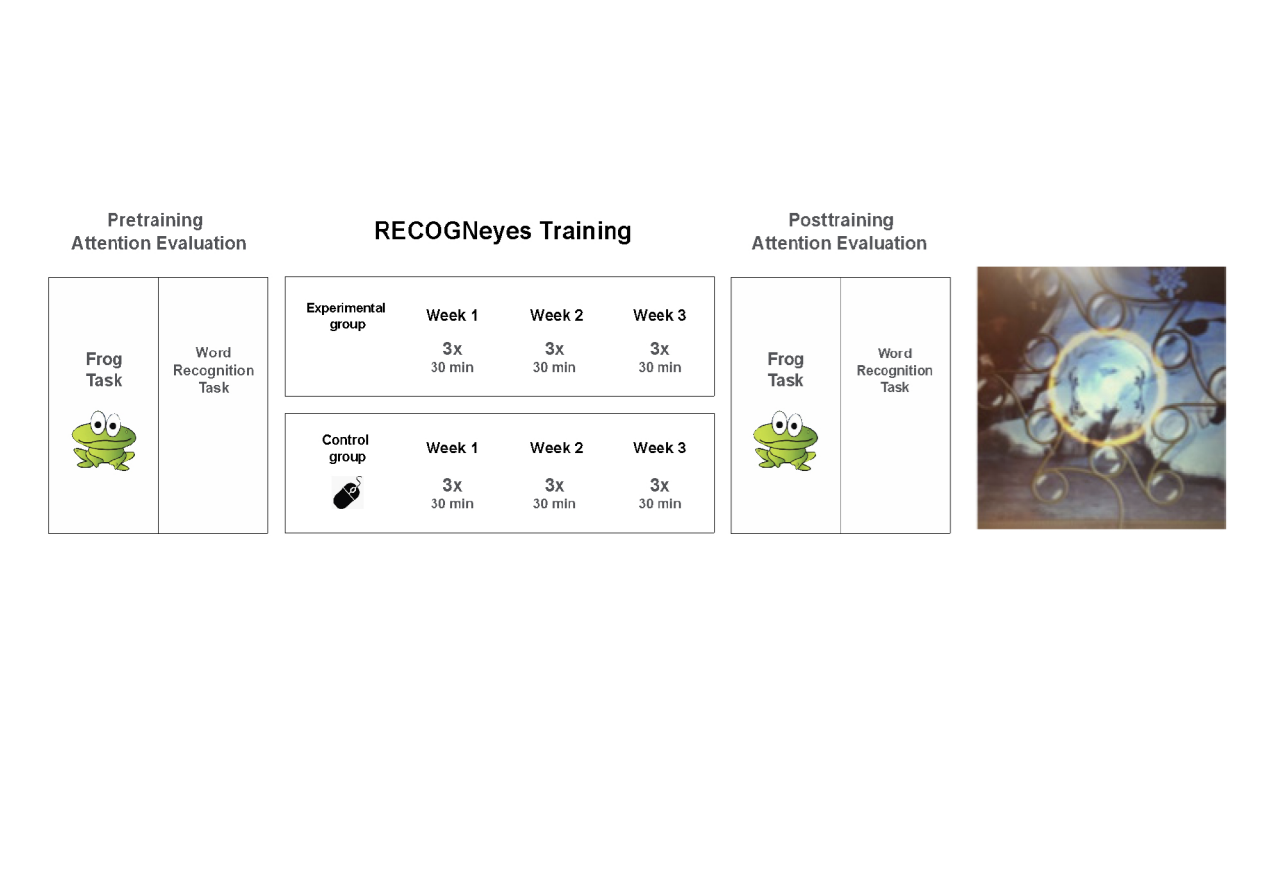
A pilot study comparing the reliability of ordinal and dimensional self-report methods for emotion recognition in individuals with Autism Spectrum Disorders (ASD)
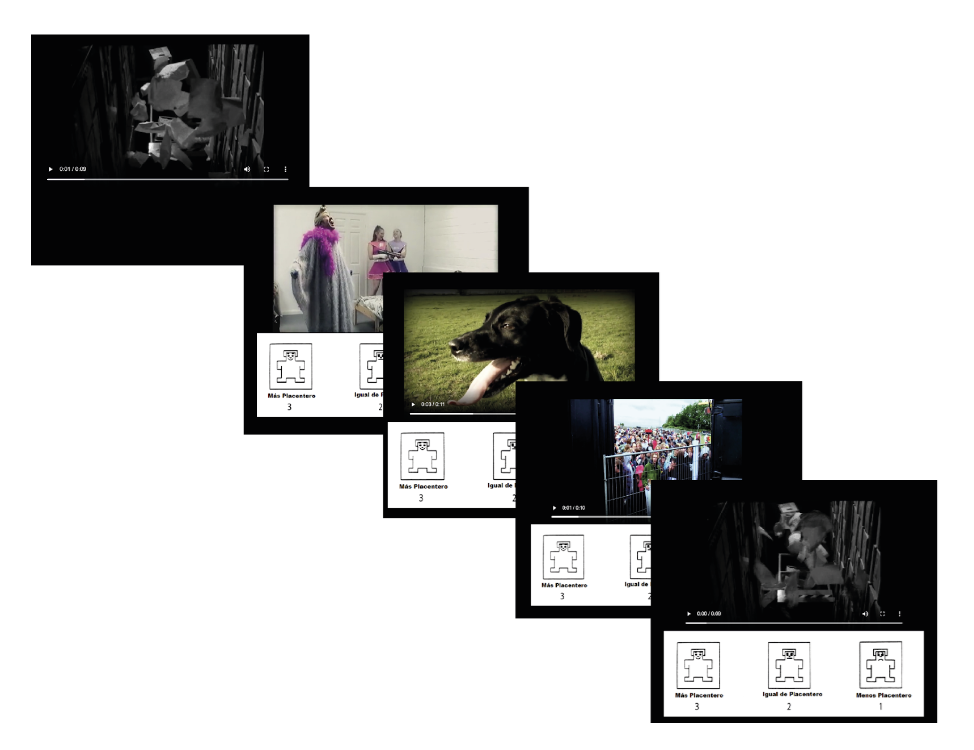
Exploring the lateralization of affective processing in the nervous system using bilateral electrodermal activity and appetitive/aversive stimuli.
